-
MenuBack
-
Products
-
-
-
By profession
-
-
-
By profession
-
-
-
-
-
By product category
-
-
-
By profession
-
-
-
-
-
By product category
-
-
-
-
-
-
By product category
-
-
-
By profession
-
-
-
Business
-
- Destocking
- Second-hand
-
Customer projects
-
-
My layout project
-
Published on : 03/29/2023
How to have an eco-responsible restaurant?
In a world where environmental protection has become a major concern, it is essential for restaurants to become more eco-responsible. By adopting sustainable practices, you as a restaurant owner can reduce your environmental impact while attracting customers concerned about sustainability and their consumption choices. In this article, we will present you with the best tips for transforming your restaurant into an eco-friendly business.
Sustainable procurement practices for an eco-friendly restaurant
As a restaurant owner, it is essential to use good sustainable procurement practices to minimize the environmental impact of your business. It is recommended to buy local and seasonal products, which require less energy for transportation and preservation. In addition, this helps to support local producers, ensures better quality food, and allows your menu to evolve with the seasons.
Favoring suppliers who use sustainable production methods is a sensible approach to take for an eco-friendly restaurant. This means choosing products grown, harvested, or produced using 'green' techniques, such as organic farming or sustainable fishing.
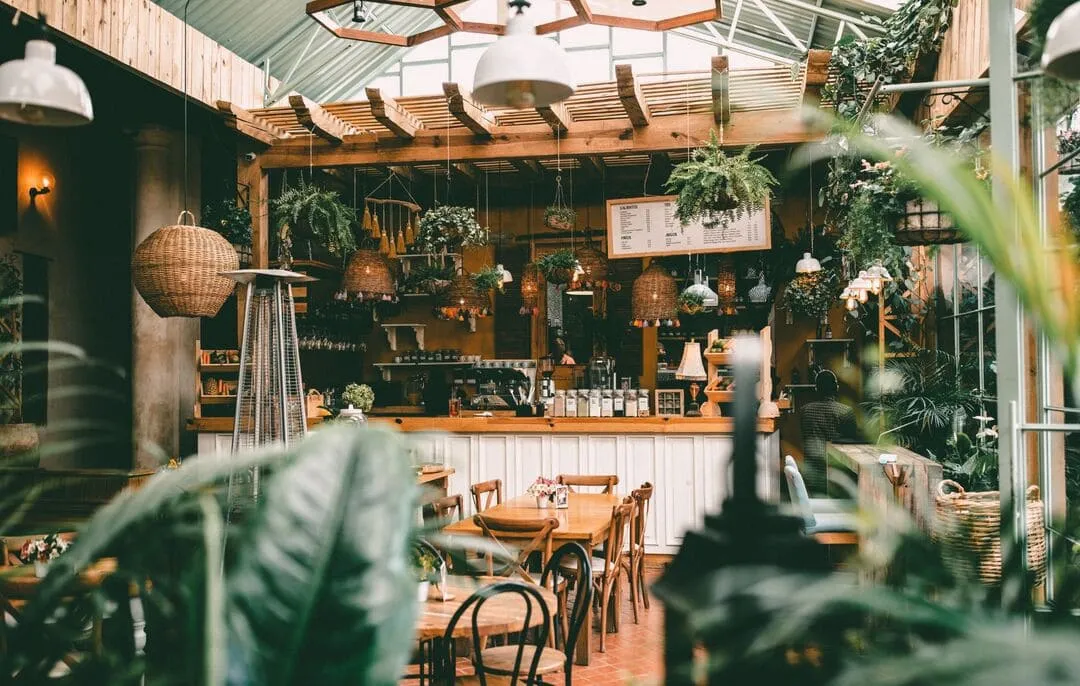
By selecting such suppliers, you also encourage responsible business practices. You are supporting local producers and small suppliers, promoting the use of local raw materials, and helping to minimize greenhouse gas emissions from the transportation of goods. However, it is crucial to note that products produced using sustainable production methods can be more expensive than conventional products. It is therefore essential to work closely with your suppliers to find affordable and sustainable solutions. Ultimately, this responsible practice can be a win-win for your business, reducing its environmental impact while offering superior food to your customers.
Finally, choosing reusable packaging is a crucial step in reducing waste and minimizing the environmental impact of your restaurant. Using disposable containers for takeaway or click and collect can result in a large volume of debris, contributing to environmental pollution. Recyclable packaging, such as stainless steel cans, glass bottles, or cloth bags, can be used more than once, significantly reducing the amount of waste your restaurant generates. It is possible to offer deposit options to your customers, allowing them to return empty containers for reuse in the future. In addition to reducing waste, using reusable packaging can be an effective marketing strategy for your eco-friendly restaurant. By offering reusable containers to your customers, you can highlight your commitment to the environment and encourage greener behavior from your customers.
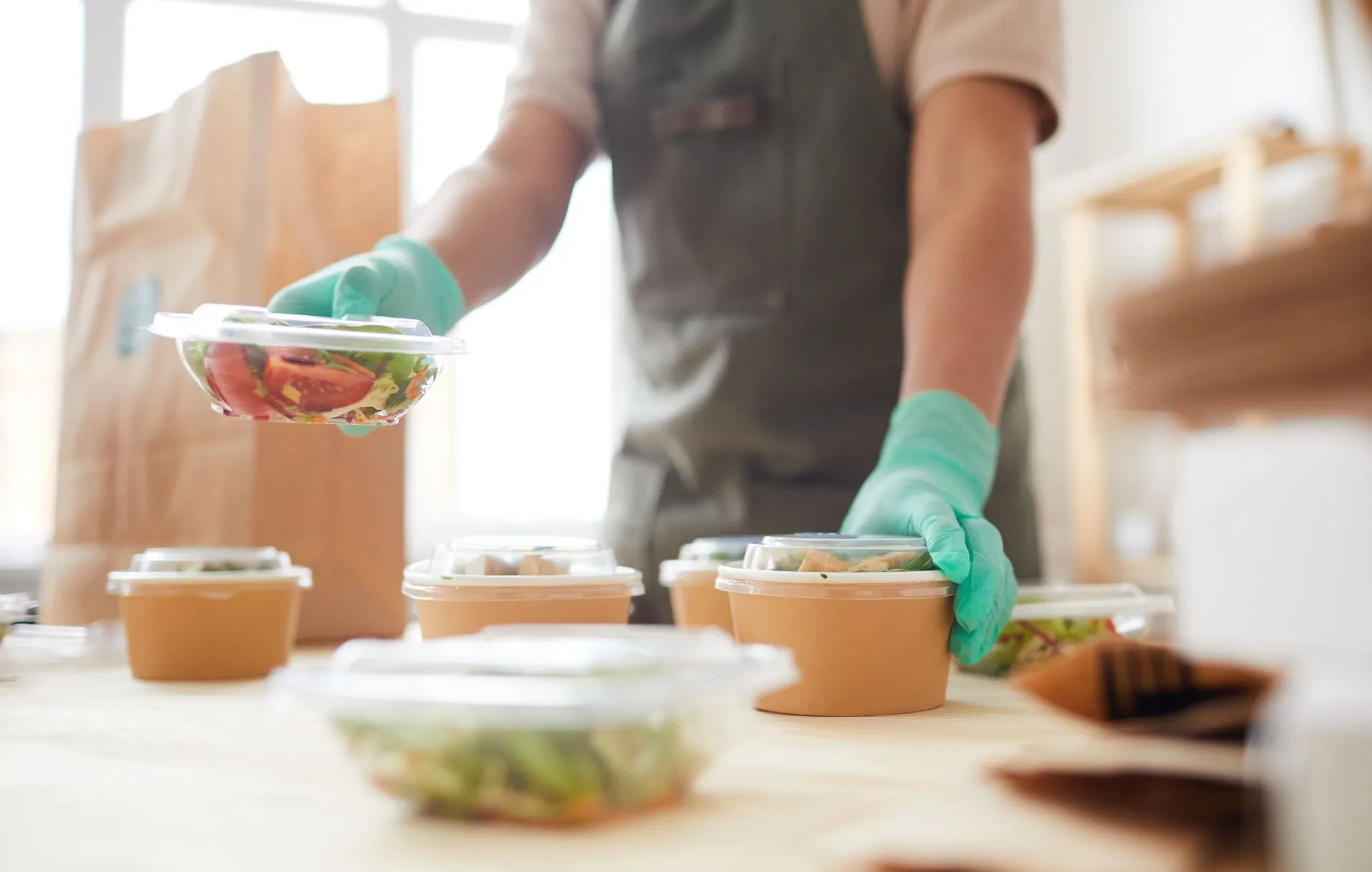
How to implement environmentally friendly waste management in your restaurant
To reduce waste, you can take measures such as buying bulk products rather than individually wrapped products. It is possible to opt for sustainable and reusable packaging, such as bottles and cloth bags, rather than disposable packaging. Organic waste can be composted and used as fertilizer for plants.
The separate collection allows different types of waste to be sorted for recycling or proper treatment. The installation of sorting bins for cardboard, plastic, glass, and organic waste is possible. It is important to train employees on how to classify waste to maximize the efficiency of the sorting process. You can set up sorting bins inside and outside your business, with clear signs for each type of waste. Employees can be trained on how to sort waste, including removing food waste from plastic bags before throwing it into the bins.
You can find local companies to collect and process your waste. These establishments can offer composting or recycling solutions for restaurant waste. By working with these partners, you will reduce your business's carbon footprint by minimizing the distances traveled for waste collection and processing.
To measure and monitor progress in environmentally responsible waste management, you can use indicators such as the amount of waste produced each week and the proportion recycled or composted. These indicators can help operators identify areas for improvement and set targets for reducing waste generation and increasing recycling rates. For example, you can install a waste counter to measure the amount of waste produced each week. You can also set up a dashboard to monitor progress in environmentally responsible waste management, showing recycling rates and the goals to be achieved.
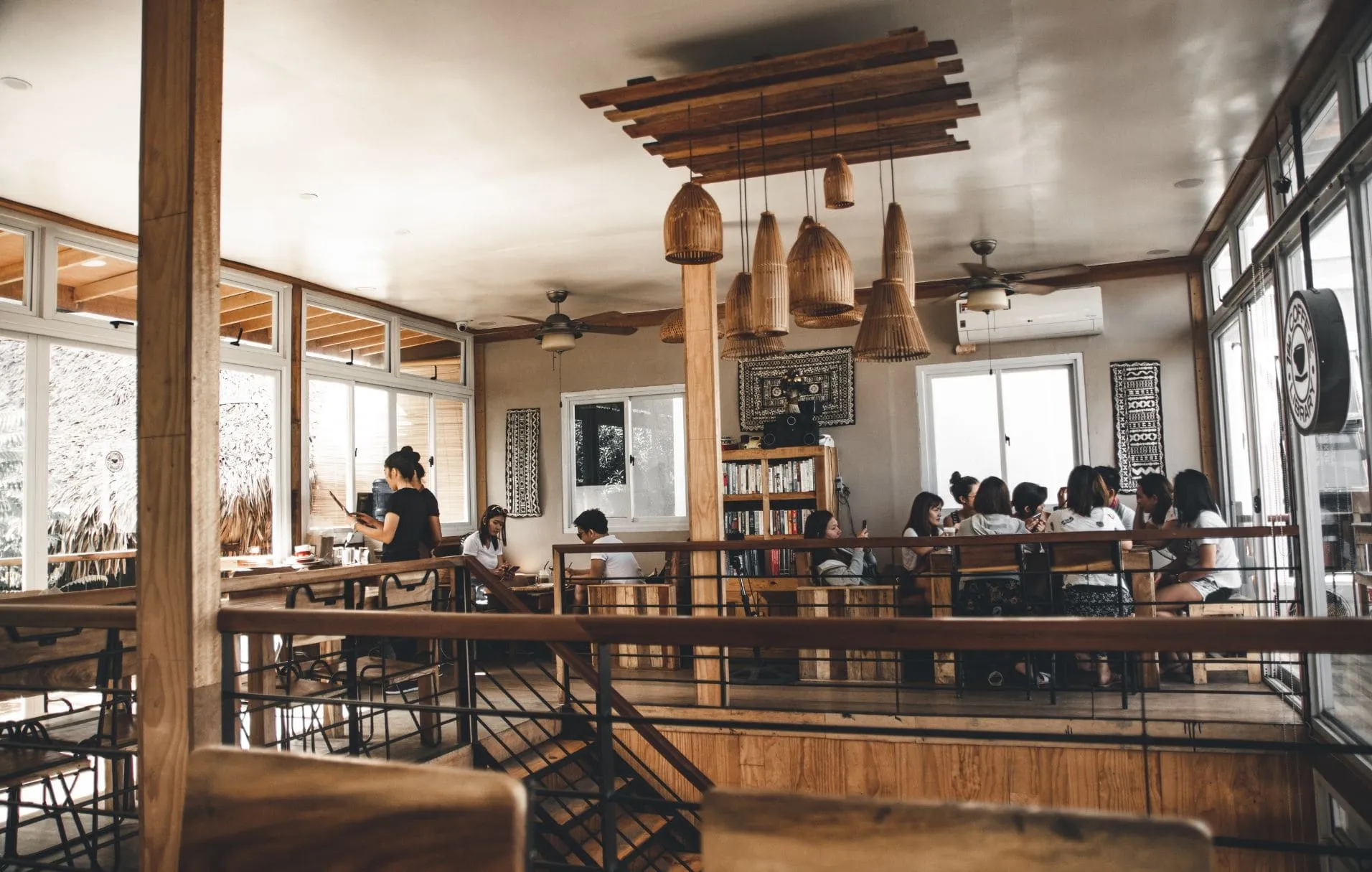
Optimizing the energy consumption of your business
It is important for an eco-responsible restaurant to reduce its energy consumption by taking measures such as installing efficient and energy-saving appliances. You can replace your incandescent light bulbs with LEDs, which use less energy and last longer. You can install programmable thermostats to control the temperature of your home according to the hours of operation.
Renewable energy sources, such as solar energy, to power your business are a good initiative. Solar panels can be installed on the roof of your restaurant if it is feasible to do so. There are also heat recovery systems to reduce your energy consumption and minimize your impact on the environment.
Water consumption can be limited by taking measures such as installing low-flow taps and toilets, using rainwater for irrigation and cleaning, and fixing water leaks quickly. By implementing these actions, water can be saved, which is good for the environment and can reduce consumption costs.
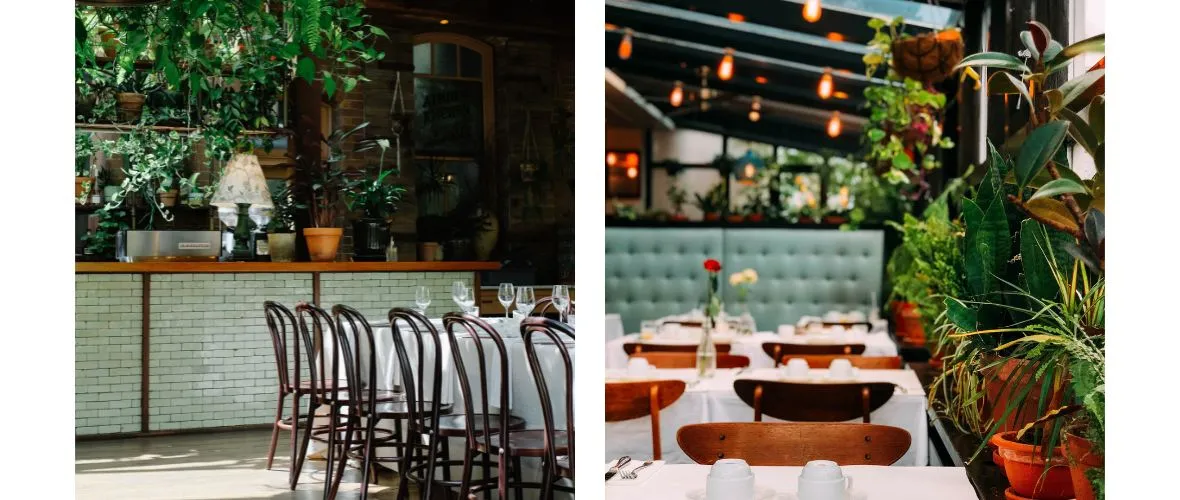
How to decorate a restaurant in an ecological and responsible way
Here are some ideas and tips to help you choose sustainable and eco-friendly decorations.
Choose sustainable and recyclable materials to decorate your establishment, such as certified wood, bamboo, cork, recycled metal, glass, and ceramic. This is not an exhaustive list. You can find other materials that are just as eco-friendly.
It is possible to use recycled materials, such as wooden pallets, old doors, recycled glass windows, and vintage objects to give your eco-responsible restaurant a retro feel.
Don't neglect plants and vegetation, which are a great way to add life and color to a restaurant while improving indoor air quality. This will also create a pleasant environment for your customers.
Take advantage of natural light to illuminate your restaurant and reduce your energy consumption. Windows and skylights can also help to create a warm and welcoming atmosphere for customers. If you don't want people to see directly into your restaurant, you can install thin curtains so that light can pass through.
To decorate your business, you can select eco-responsible decorative items, such as sculptures and paintings made from recycled materials, organic cotton cushions, linen tablecloths, bamboo curtains, and handmade ceramic accessories, which add an artisanal touch to your establishment.
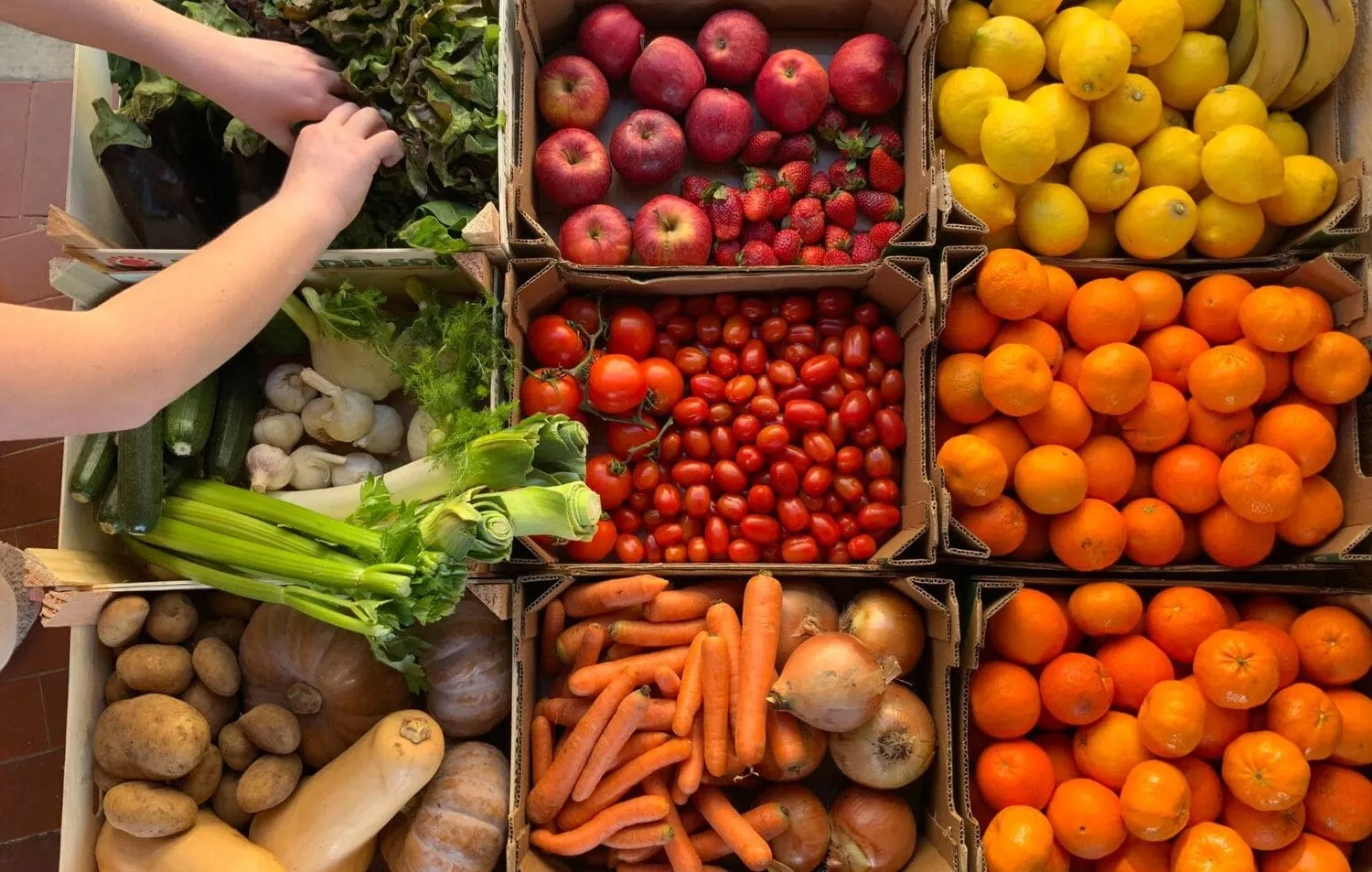
Involve and train their teams in the ecological approach
An eco-responsible restaurant can only function fully if all employees adhere to the approach. Employees play a central role in implementing good practices on a daily basis, and it is therefore essential to raise their awareness of environmental issues. The training of teams is a key step: it can be sessions dedicated to sorting waste, reducing energy consumption or even the use of reusable packaging.
Encouraging employee involvement is also a powerful lever. The creation of an internal committee dedicated to eco-responsibility, the organization of collaborative exchanges around green ideas or the enhancement of individual initiatives allow to strengthen their motivation. By giving meaning to their mission and highlighting their contribution, you establish a collective dynamic that promotes the coherence of your sustainable approach, from procurement to customer experience.
Communicate and promote its eco-responsible commitment as an eco-responsible restaurant
Adopting sustainable practices is essential, but knowing how to share and value them is just as much. In a context where consumers are actively looking for environmentally friendly establishments, asserting your eco-responsible restaurant identity is a real asset.
Your commitment can be highlighted through different media. A clear website and active social networks allow you to explain your sourcing choices, your waste reduction actions or even your approach to ecological decoration. Inside the restaurant, an environmental charter displayed, a word from the chef on the origin of the products or a menu highlighting the seasonality of the ingredients reinforce transparency and customer confidence.
Associating with reliable labels and certifications also helps to give credibility to your efforts, while the involvement of customers in your initiatives, such as the use of reusable containers or compliance with your sorting instructions, strengthens their support. Communicating in a sincere and coherent manner about your actions demonstrates that your commitment goes beyond the simple marketing argument and reflects a real desire to evolve the sector towards more sustainability. This enhancement allows you to improve your brand image, differentiate yourself from the competition and retain a conscious clientele, eager to support establishments that share its values.
